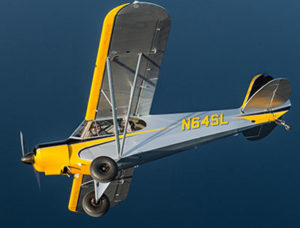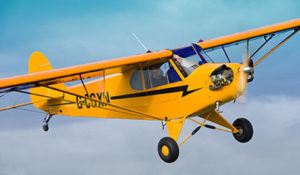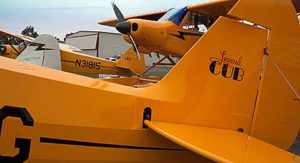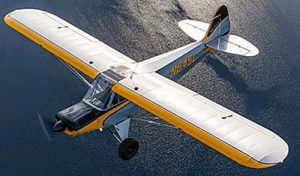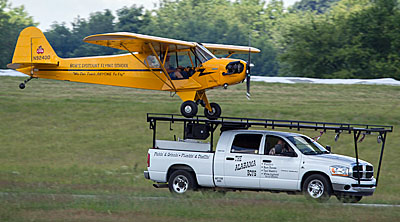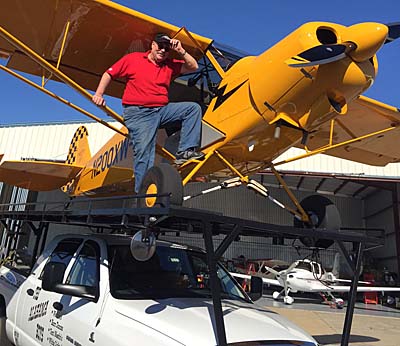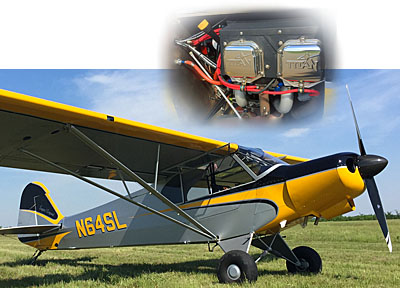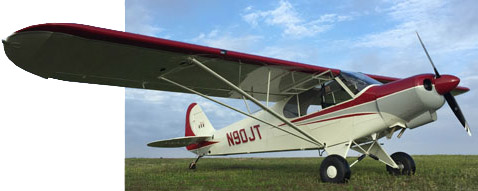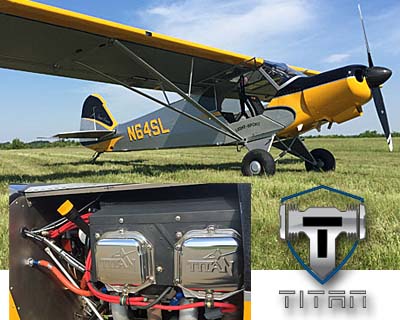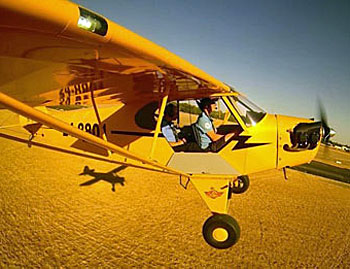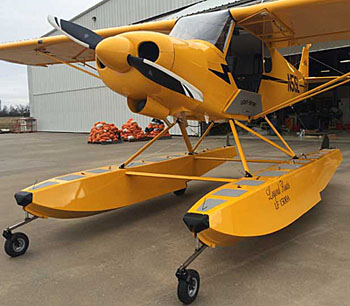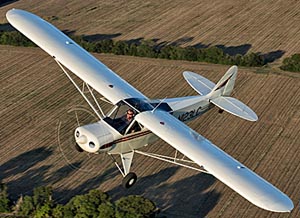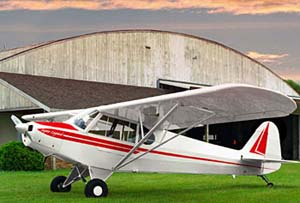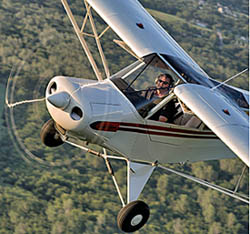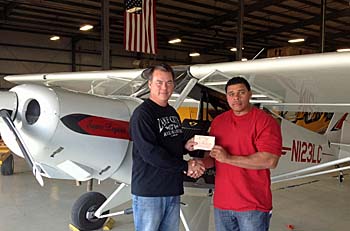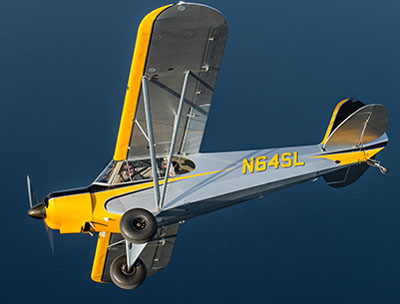
At last fall’s inaugural DeLand Showcase event, I got a chance to fly Legend Cub on their own Legend Floats. I’ve interviewed Legend folks about this model, but flying one was still on my to-do list. American Legend Aircraft Company was one of the very first in the Light-Sport Aircraft business and they’ve now fleshed out their product line of pretty yellow taildraggers… though, of course, they don’t have to be painted yellow even if almost everyone orders them this way. I guess it’s a vintage look thing, but I’m here to tell you these Cubalikes are nothing like your granddad’s Piper Cub (thank goodness, as Legend has made many desirable improvements). One of the biggest changes is the wide variety of engines this company has offered. They started with the Continental Motors‘ venerable 100-horsepower O-200, added the 120-horsepower Jabiru 3300 six cylinder model, then tapped the 115-horsepower Lycoming O-233, and now Legend offers the mighty 180-horsepower Titan, offered these days by Continental following their acquisition of ECi of Texas.


